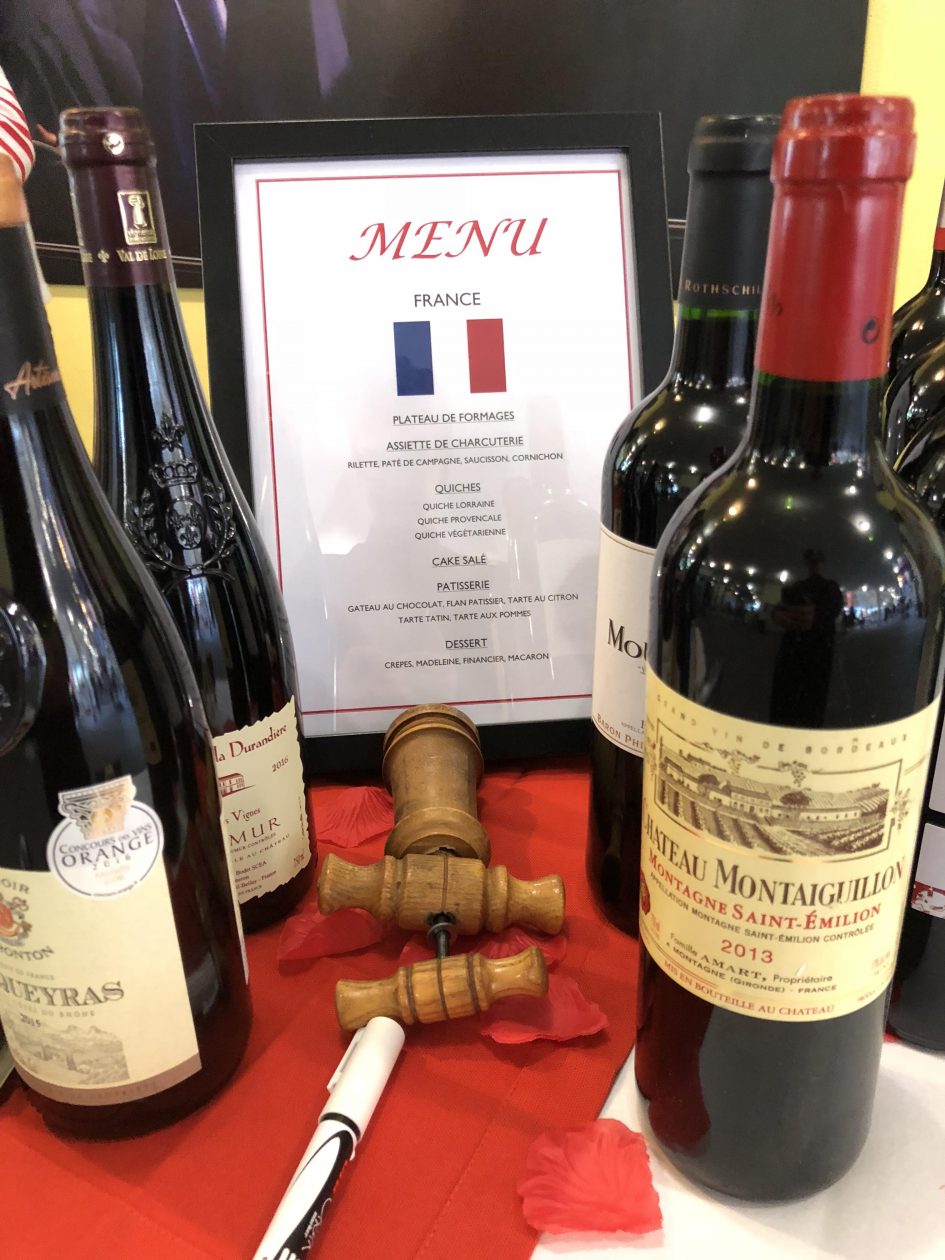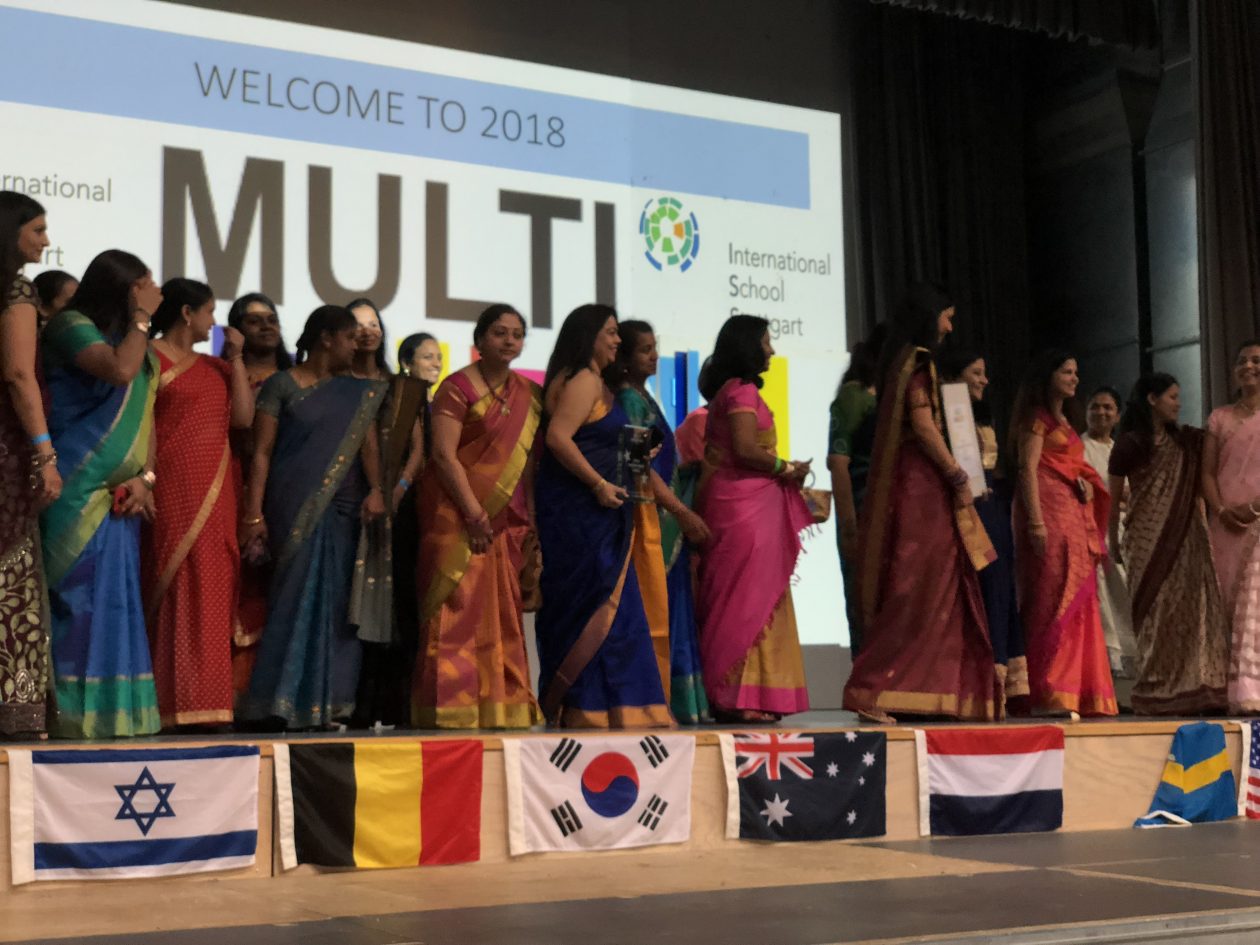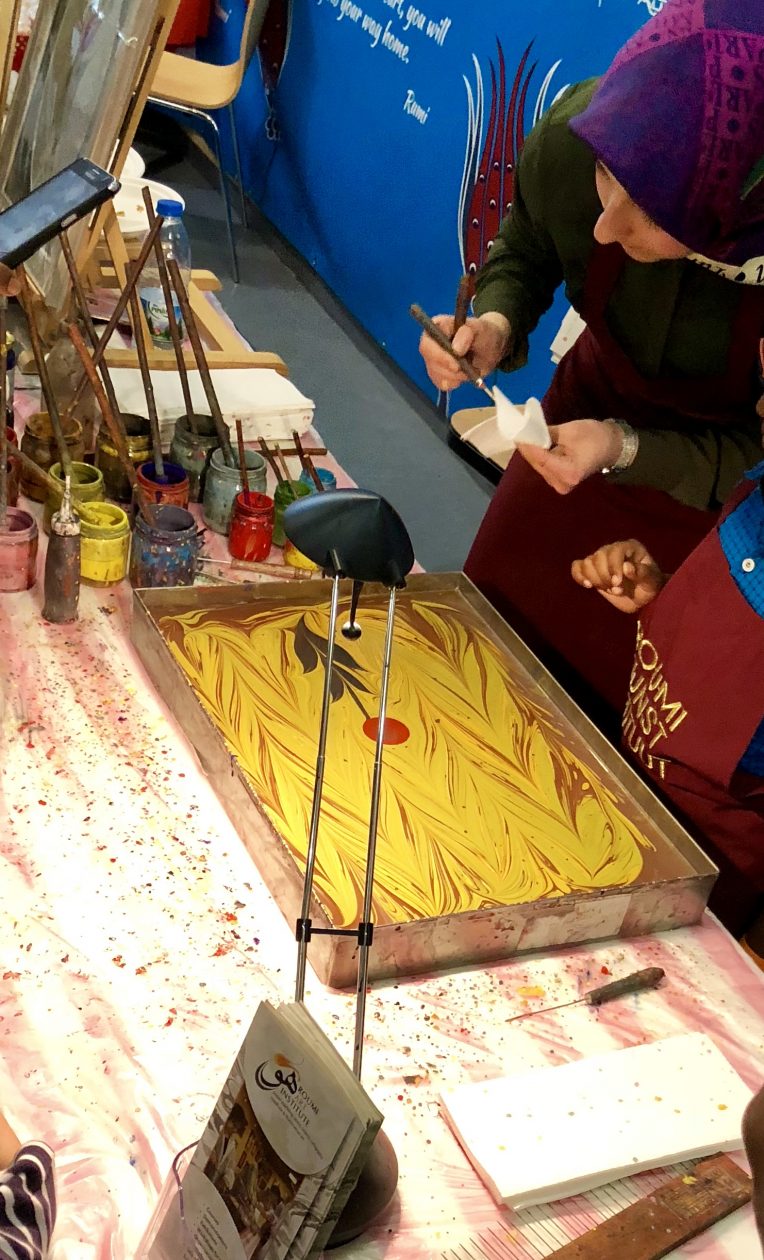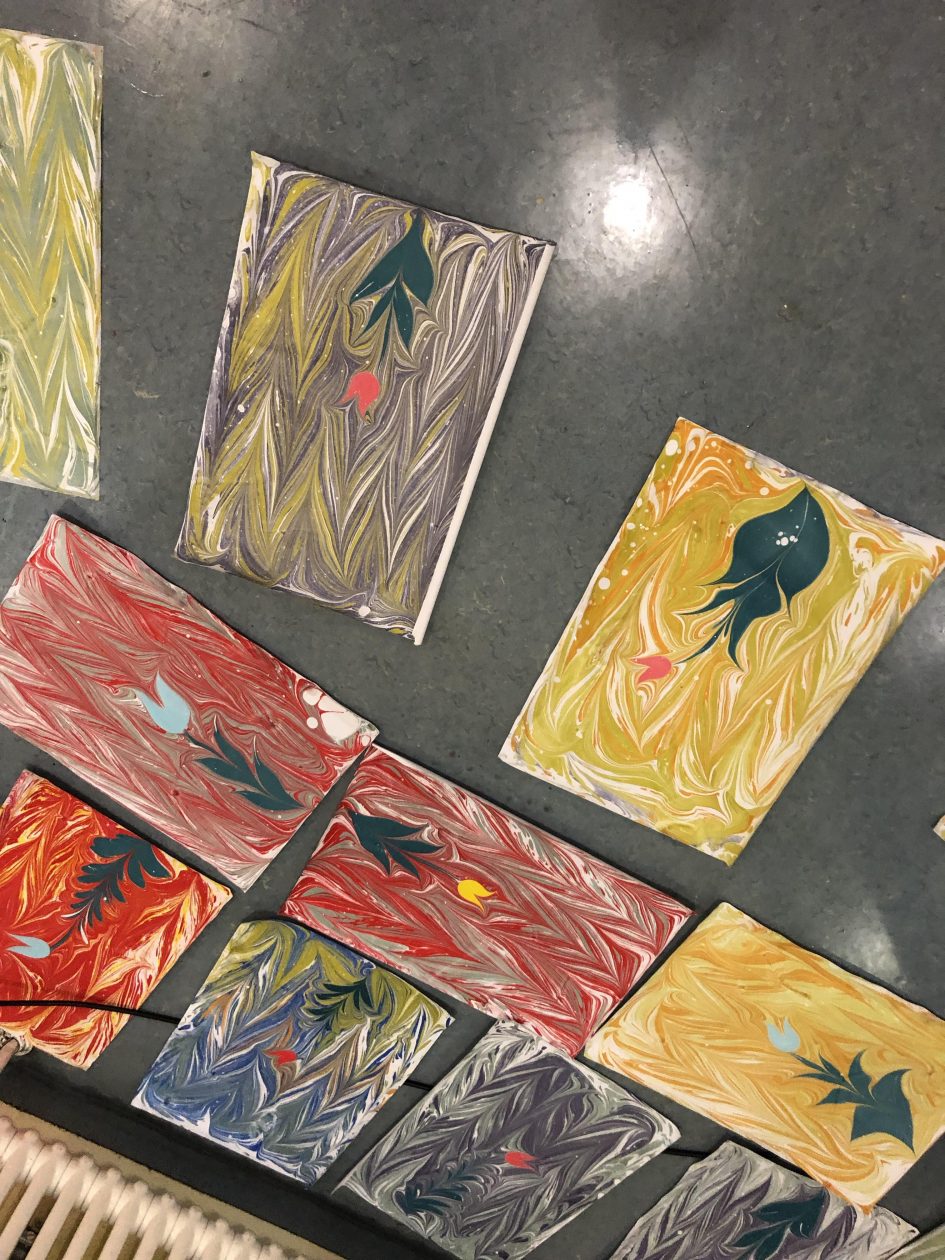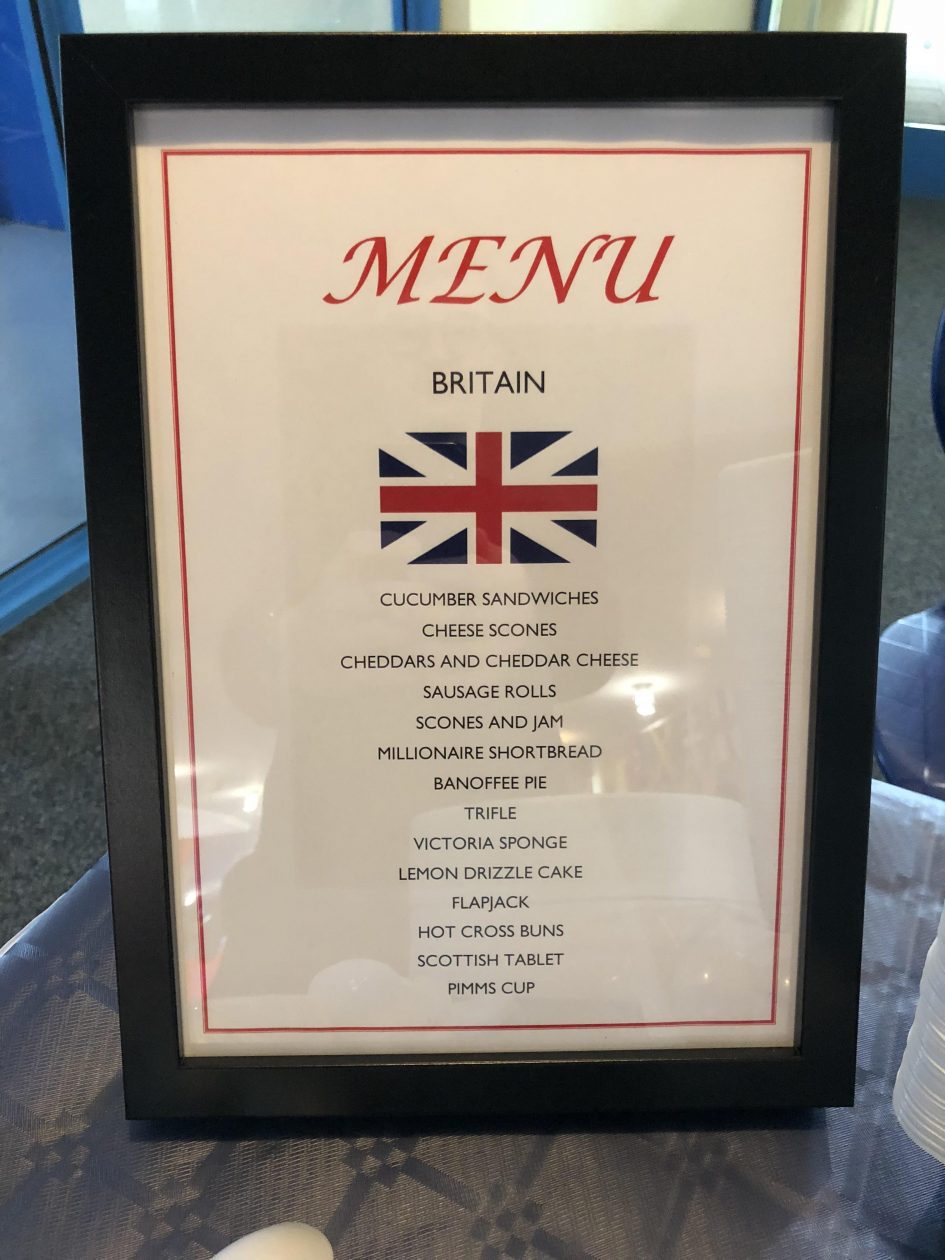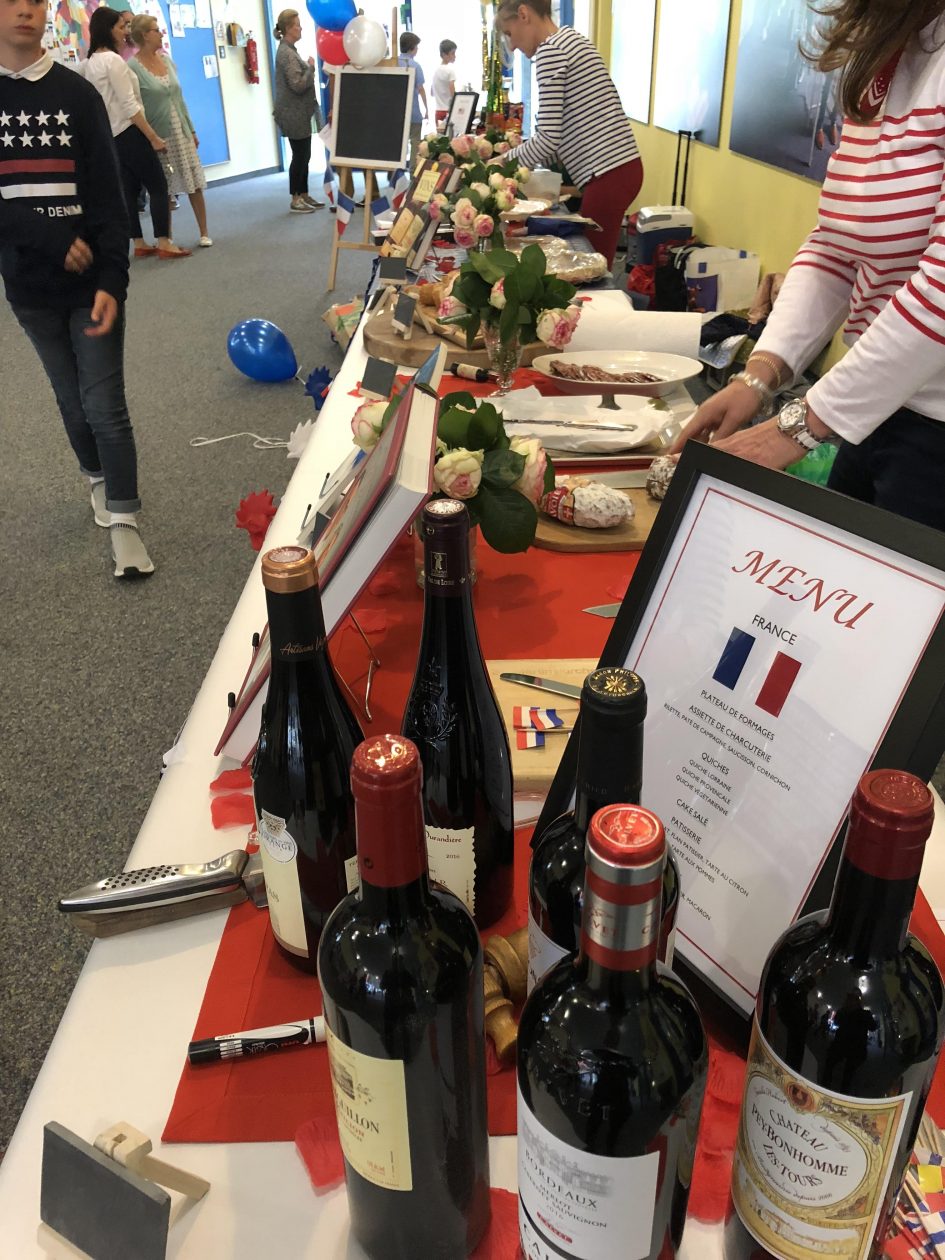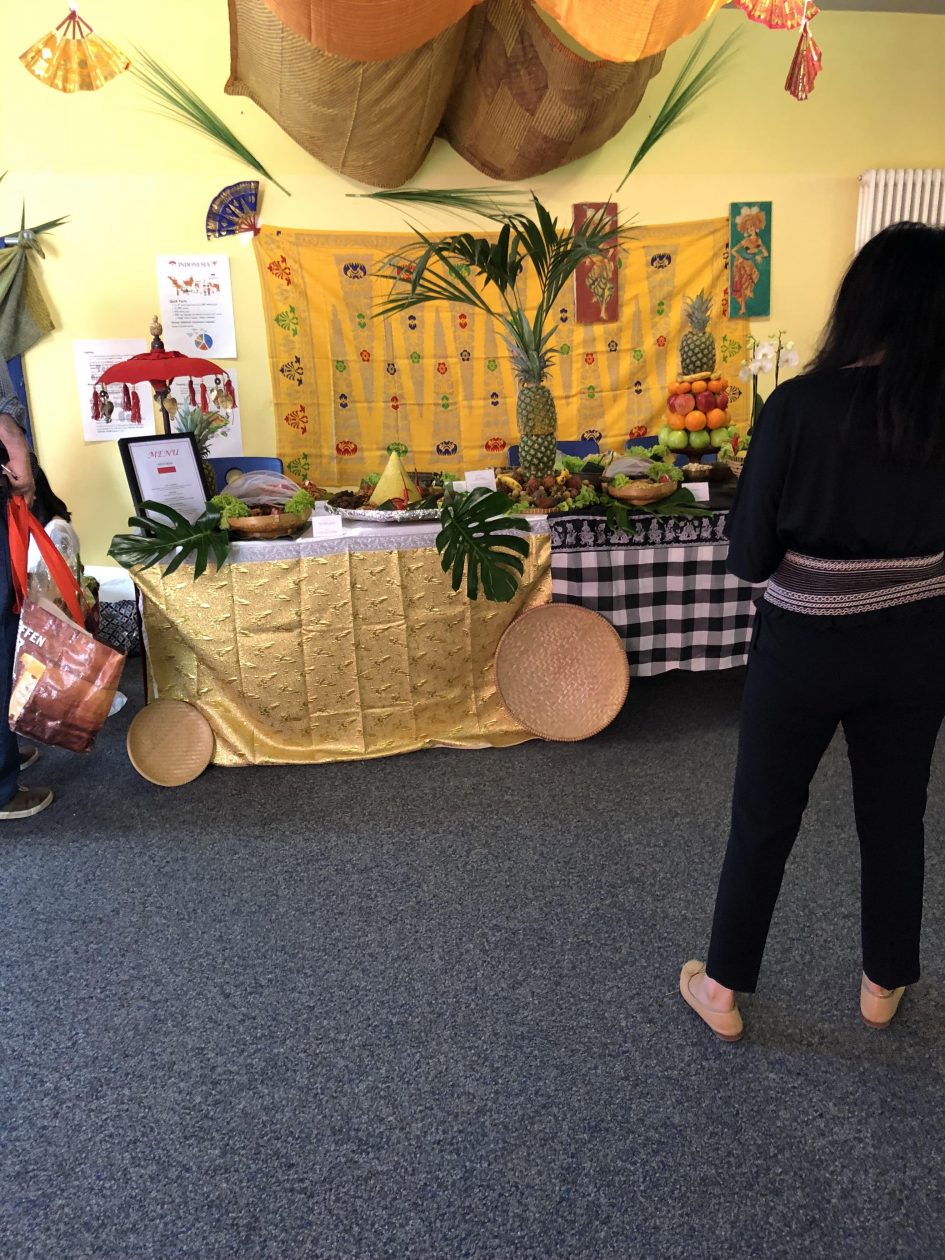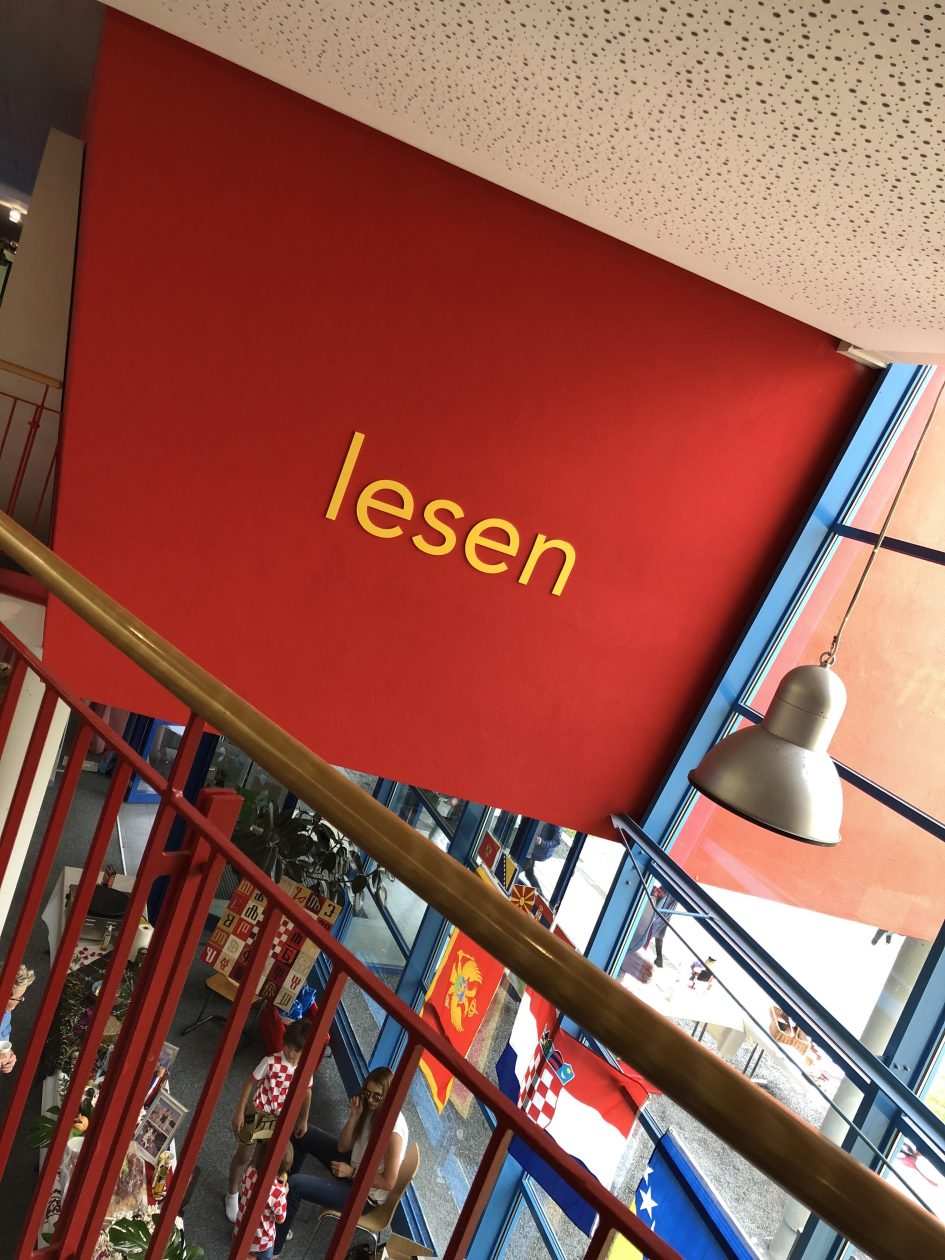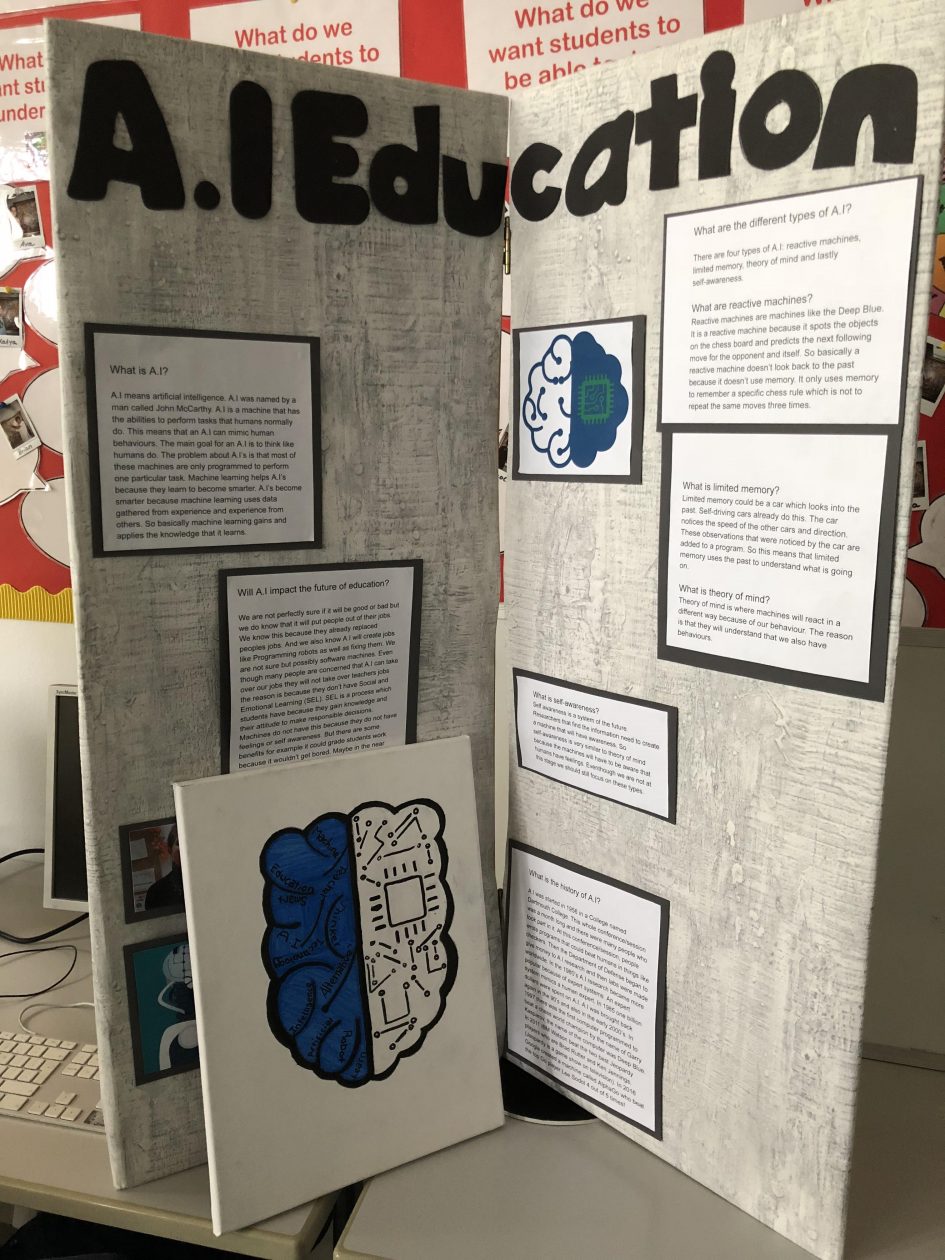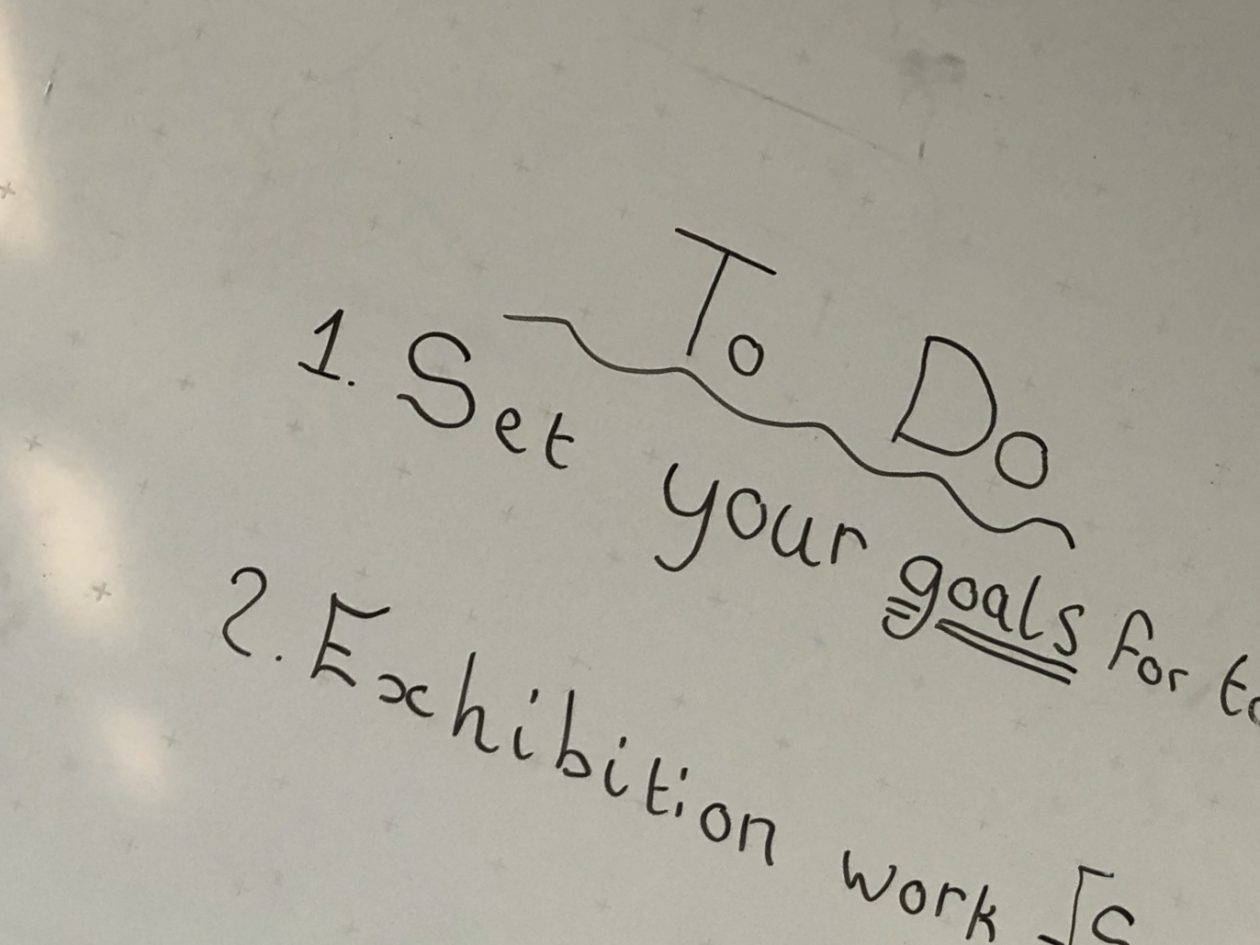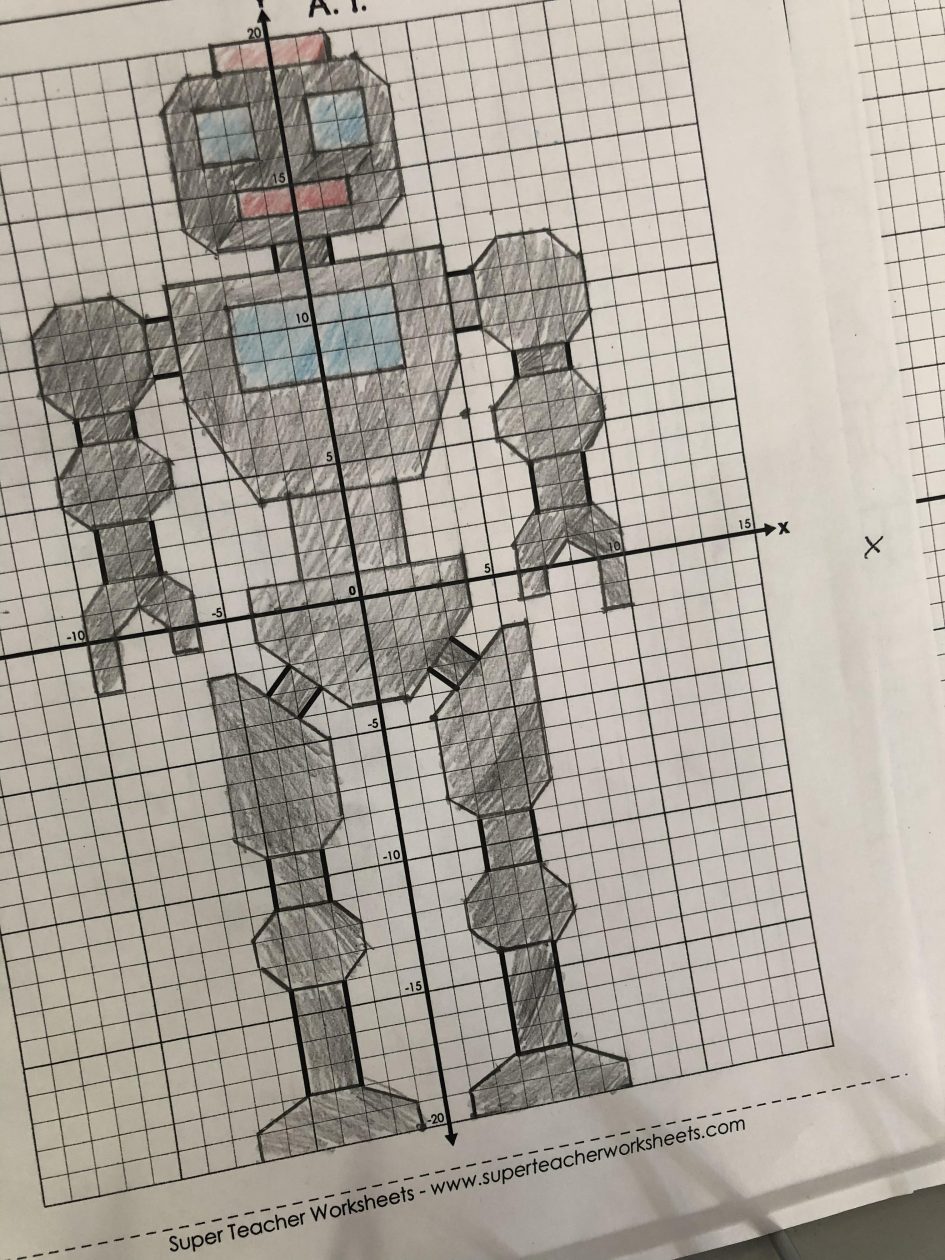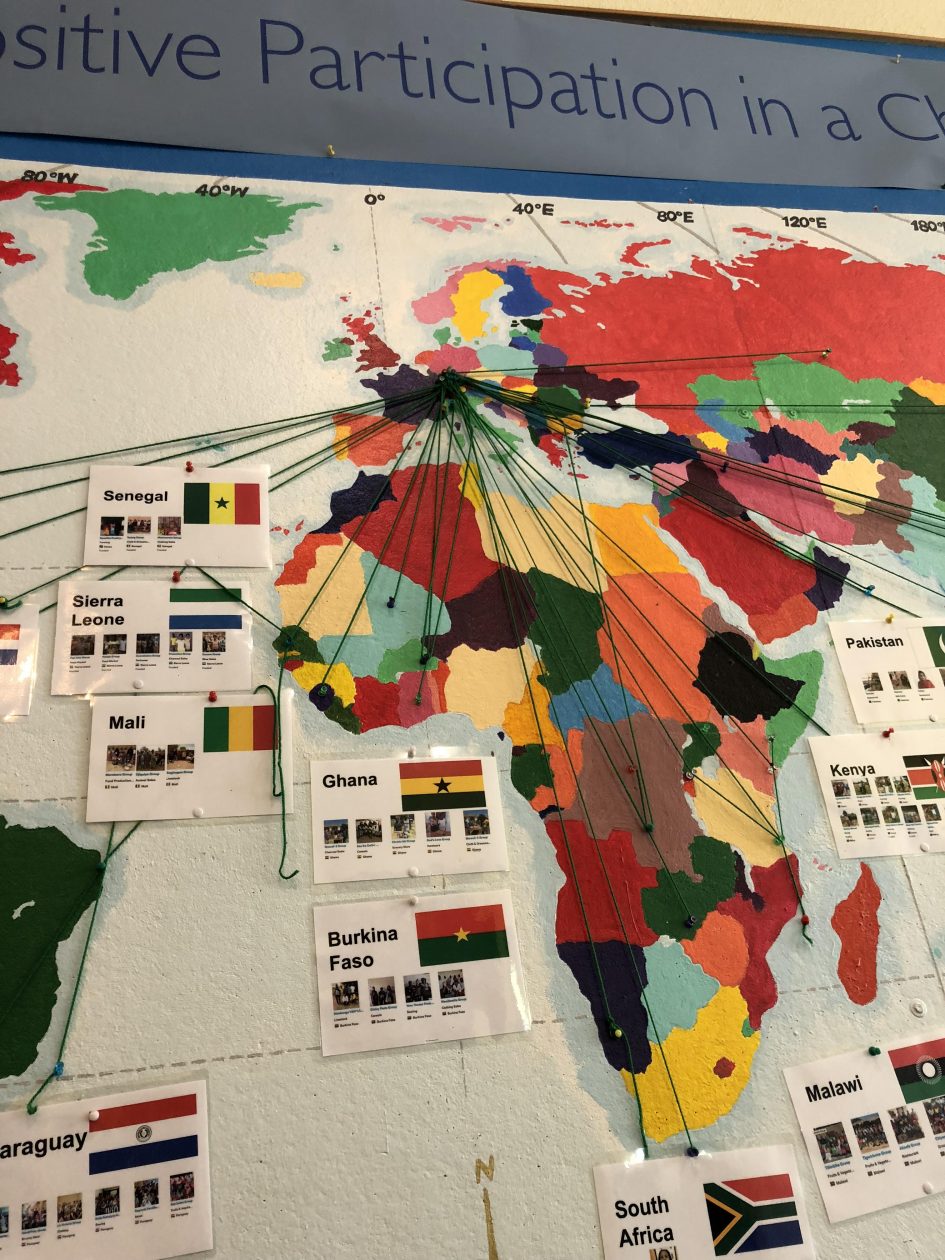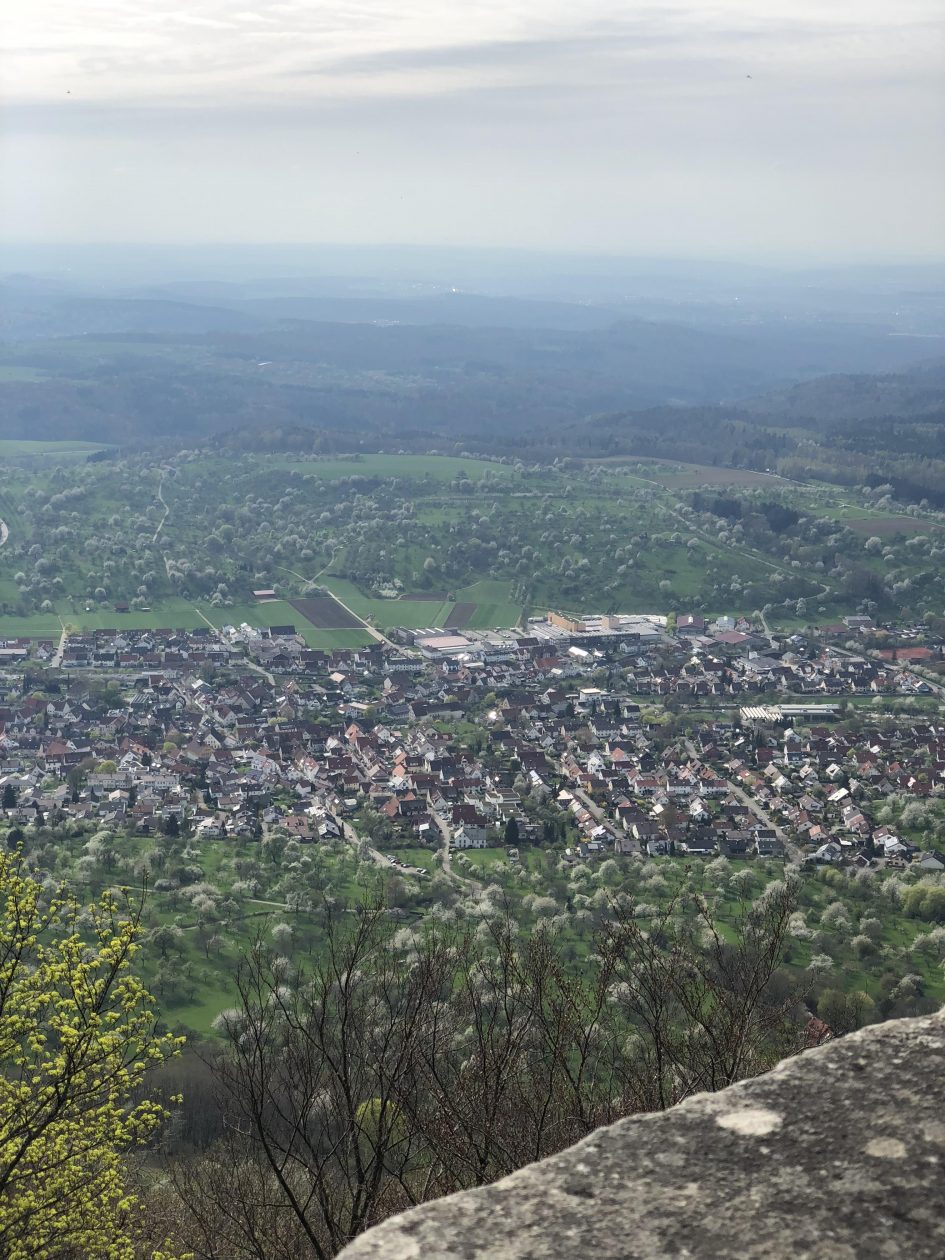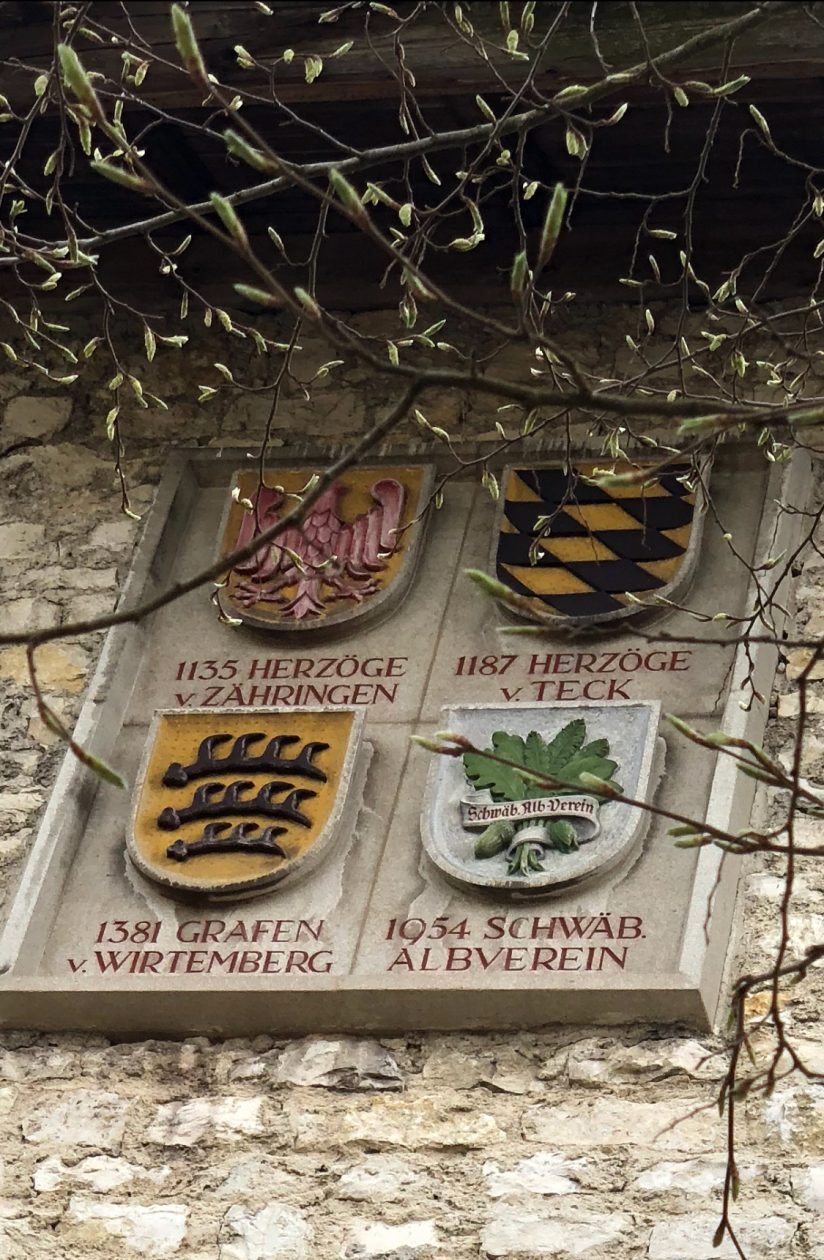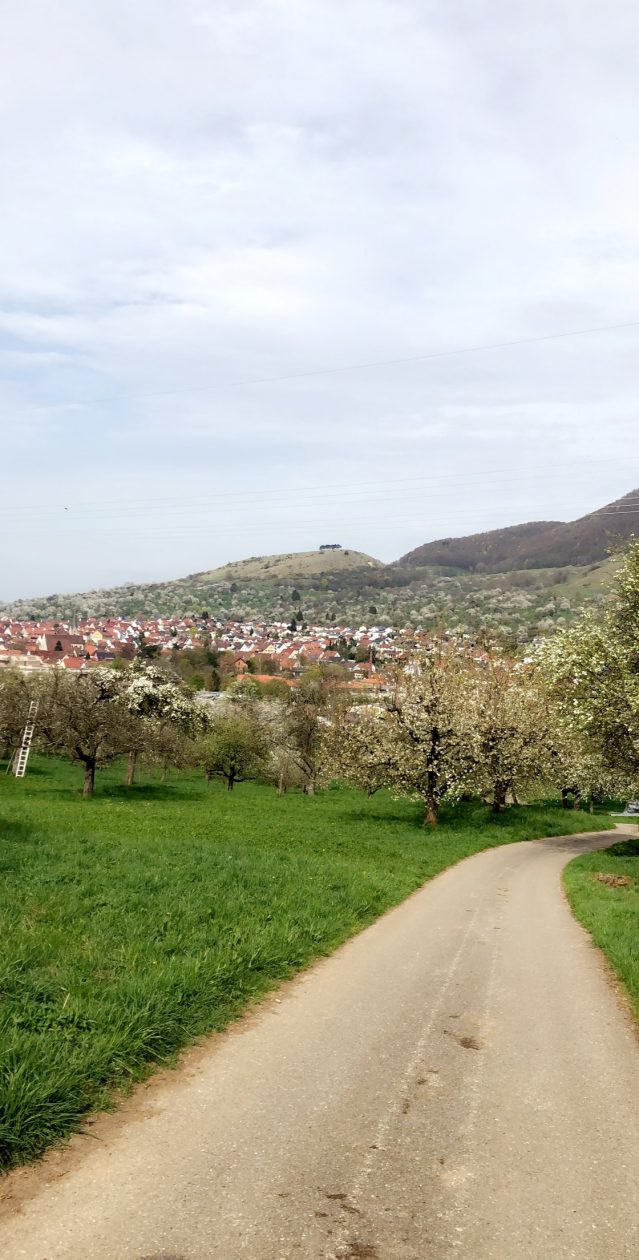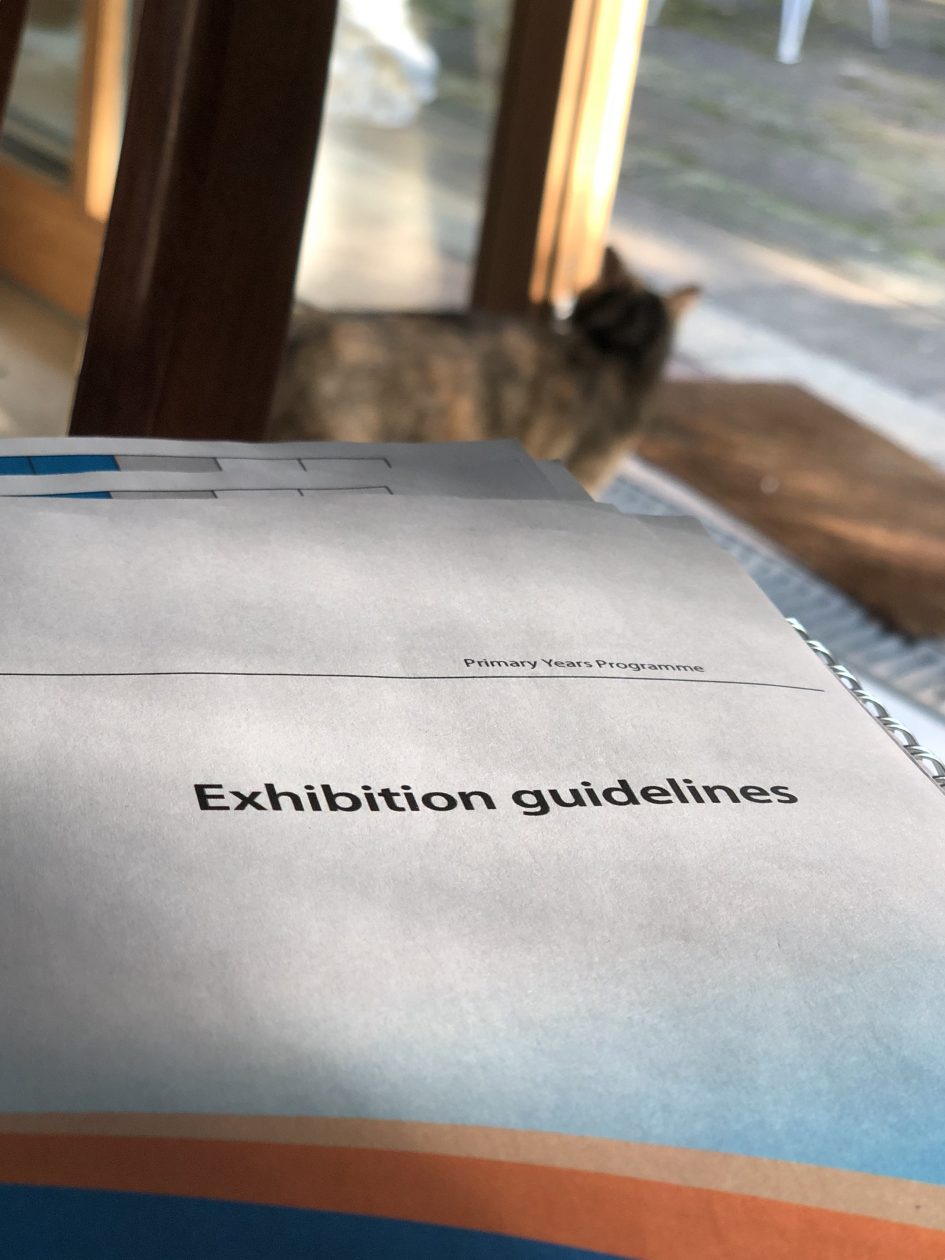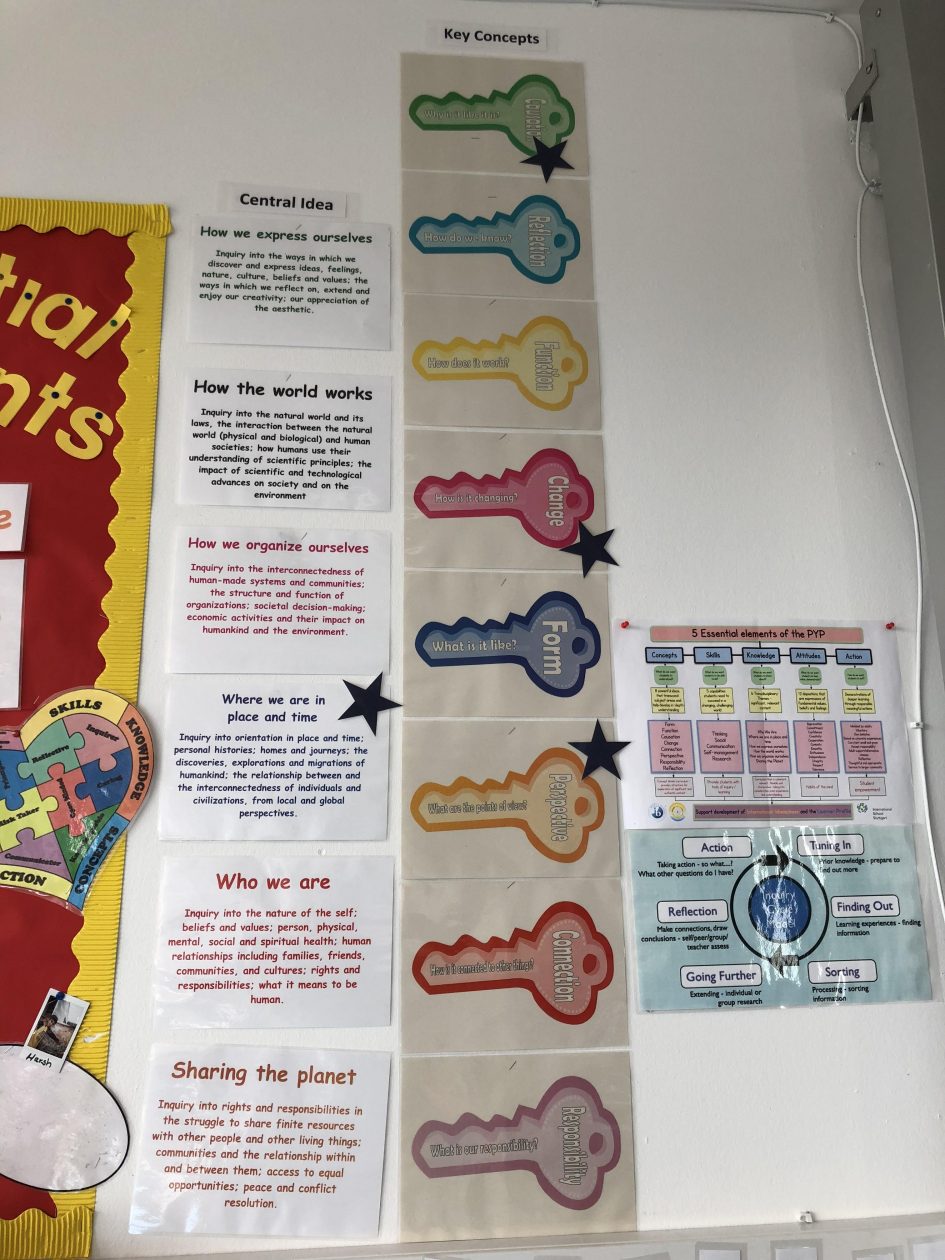The end of placement is nearing and the weeks are rolling by at an alarming rate.
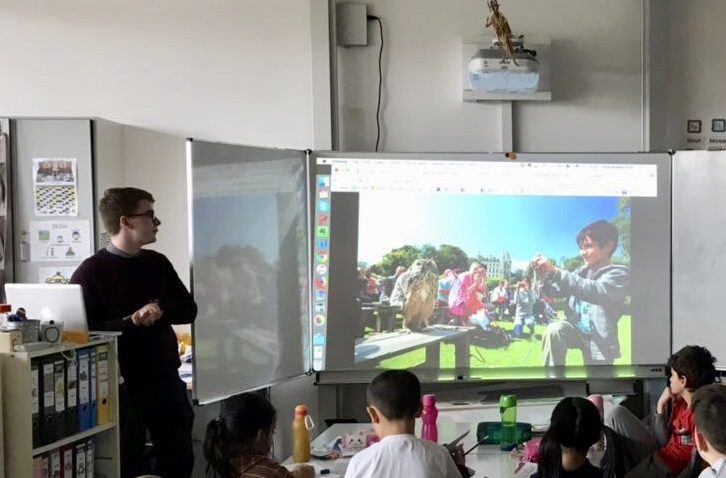
The Grade 2 teacher surprised me this week with pictures she had taken during my time teaching the class about Castles in Scotland – this was a particularly enjoyable time for me because I really got to be heavily involved in a topic that was very close to home. The students also really enjoyed to get an insight about castles from a different country than their own or even from Germany.
This week was a shorter school week because of the bank holidays on Monday and Tuesday in Germany, therefore, we only had a 3-day school week.
However the days were packed with lots of work due to the grade 5s’ exhibition date coming closer and closer, as the students now only have until Wednesday (9th of May) to prepare for their grand display of the research they have conducted this term around a global issue that they have felt passionate about.
This meant that lots of handwork has been continued around lots of different projects that culminate towards the entirety of the exhibition: artistic components, speeches, display boards, mathematics sections and many more nitty gritty parts have been worked on to get finished and it has been somewhat tricky as a practitioner to keep on top of the different stages of all the different students and how each student is progressing individually.
This is where the journal entries have been a great aspect of the assessment because it allows for us teachers to gain an insight on the feelings of the students on how they are progressing and it also means that students are getting continual feedback on their progress. Students can ask questions in the journal, can highlight issues they wish to address but also it allows them to keep on track of the things they’ve accomplished so far. I know that once the exhibition is concluded, the students will reflect on the entirety of the learning they have done in preparation for this project and the journal will be the best source of information for them. They have documented their progress every week and each entry will be a snapshot of what they did at any given time during their learning process. This all demonstrates that the IB really considers learning as a process that requires reflection to give it real purpose to the students and for the students to find that purpose for themselves, as it is them that have enquired through the topics (International Baccalaureate, 2009).
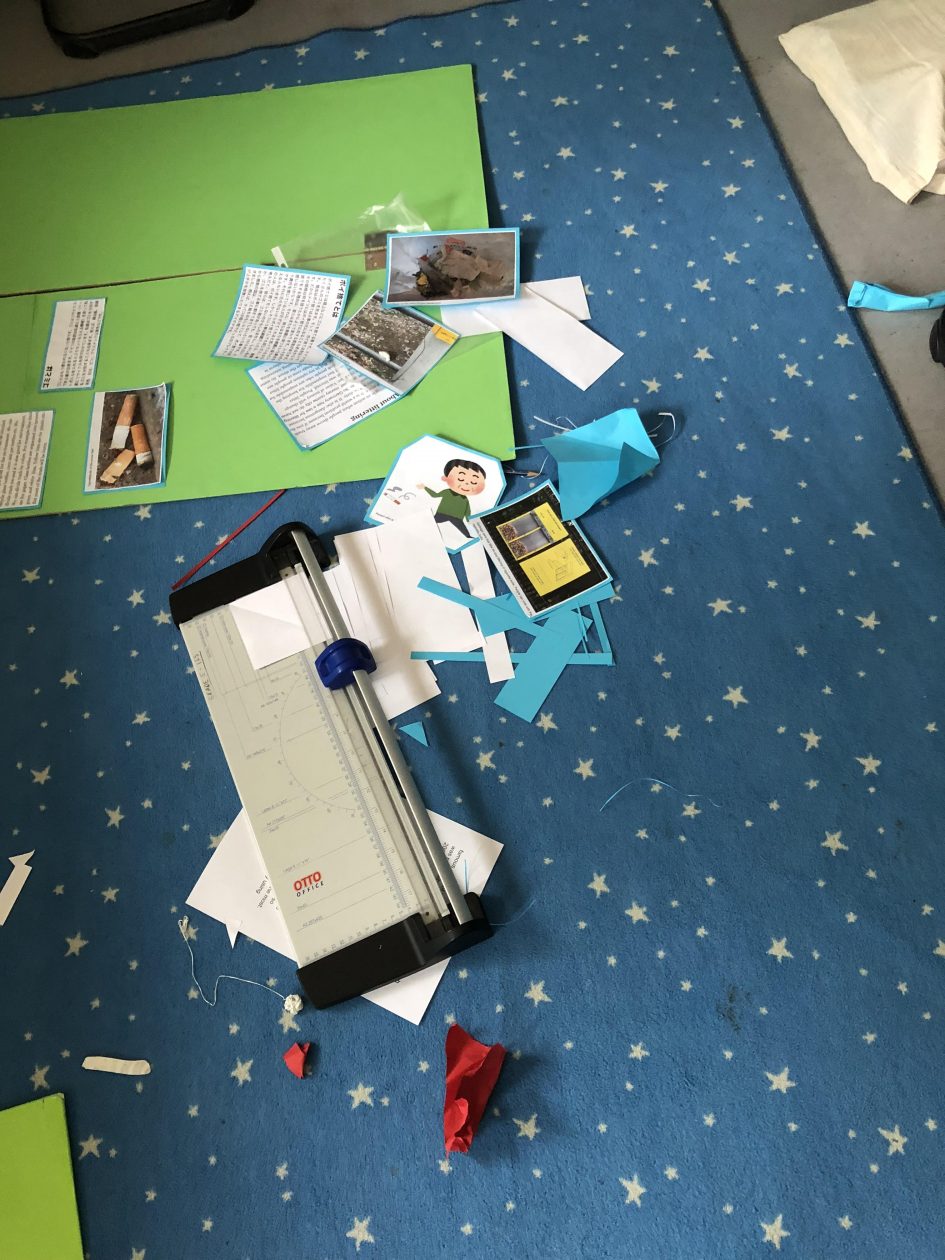
This has been the common sight in the Grade 5 Classrooms – lots of preparation is going into this event from the students and it is really starting to take shape.
Now, my big responsibility this week was to begin preparing the exhibition reflection video that will be played at the beginning of the evening to all the guests. I had to touch base with the students that were ahead enough in their work to take time out to be a part of this additional responsibility of the exhibition. I first got them all together and we brainstormed some of the skills they had gained from this exhibition experience. I then got them to interlink this with some of the attributes of the learner profile within the IB, which demonstrated a greater understanding of the curricular framework that is in international baccalaureate schools. We then divided responsibilities and I allowed for free choice amongst the kids if they wanted to record a section individually or to do parts in twos or threes. Normally, in my usual setting, I probably would have assigned the groups myself however working at ISS I have realised that organisation skills should be enthused within the children and it also shows a real sense of trust when a teacher says to students that they are responsible for who they work with and that if it doesn’t work out sensibly, then the consequences are on them.
So, we got down to recording and it was great to see the kids take ownership of what they wanted to say and how they were providing feedback for one another on their presentation skills on screen; something that will be beneficial for them later next week when they will be presenting for their exhibition.
We successfully got all the parts recorded and we now just need to piece it all together and add in transitions and the video will be good to go! Its been good to take charge of a technology-component whilst here at ISS because I have luckily had experience using iMovie before and I know that it can be tricky sometimes when trying to perfect the transitions of a video.
On Thursday, I had my end-of-placement review meeting with the head teacher of the lower school and we discussed all the learning that I had gained over my two months of being here. He even said himself that he couldn’t believe how quickly the placement has went. It was great to have a finalisation of my work at ISS as it is drawing to a close. I still have next week at the school, however, we will have our Vivas beginning next week (mine specifically will be on the Thursday the 10th of May via Skype interview). Many of the staff members at ISS have said they will miss my presence at the school and it is such a great feeling knowing that my determination has been seen by other staff members and they can see that I always strive to work my best towards my professional development. Teachers have told me that I will just have to stay here because I have made myself too useful!
Then of course Friday saw the Multi-Cultural Evening which was an extravaganza of cultures and heritages all under one roof at ISS. It was the perfect way to end the 8th week of my time in Stuttgart, particularly as, although this week has been short, it has been very heavy going with work for all of the students and teachers at the school.
Time really does fly by when you are having fun – even more so when that fun is interlinked with hard work and determination!
Reference:
International Baccalaureate (2009) Making the PYP happen at ISS: A curriculum framework for international primary education. Cardiff: International Baccalaureate Organization.
